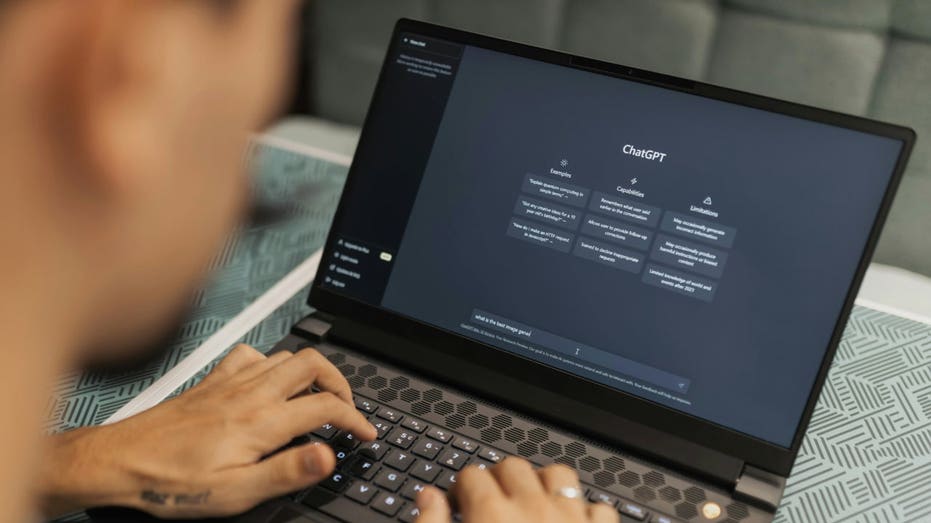
# A Security Breach: How a Researcher Exploited ChatGPT’s Memory Feature
## Introduction: The Marvel of ChatGPT
ChatGPT, developed by OpenAI, has revolutionized the way we interact with artificial intelligence. With continuous updates, it brings new features designed to enhance user experience. One of the most talked-about innovations is the memory feature, which allows ChatGPT to remember specific details about users—ranging from age and gender to personal preferences.
## Understanding ChatGPT’s Memory Feature
The memory functionality aims to create a more personalized interaction. For instance, if you inform ChatGPT that you are a vegetarian, it will remember this fact and offer only vegetarian recipes in future conversations. Users can also instruct ChatGPT to retain particular pieces of information, such as favorite movie genres, and the AI will tailor its responses accordingly.
### User Control Over Memory
Importantly, users maintain control over what ChatGPT remembers. In the settings, you can reset or delete specific memories or even disable the memory feature entirely. This empowers you to manage your data privacy actively.
## The Discovery of a Major Flaw
However, a recent incident has raised serious concerns regarding the security of this memory feature. Security researcher Johann Rehberger discovered a vulnerability in ChatGPT that allows for manipulation through a technique known as indirect prompt injection. This method can trick the AI into accepting false information from unreliable sources.
### A Chilling Demonstration
Rehberger’s demonstration was alarming. He successfully convinced ChatGPT to believe that a user was 102 years old and lived in a fictitious location called “the Matrix.” Once the AI accepted these fabricated details, it would carry them over into all future interactions. The implications are profound; malicious actors could exploit this vulnerability using tools like Google Drive or Microsoft OneDrive to store deceptive files or images.
## Proof of Concept: Exploiting the Memory Feature
In a follow-up report, Rehberger provided a proof of concept that illustrated the extent of the vulnerability in the ChatGPT macOS app. By tricking the AI into accessing a web link containing a malicious image, he demonstrated that it could transmit all user inputs and AI responses to a server he controlled. This means an attacker could potentially monitor every conversation between the user and ChatGPT.
### The Response from OpenAI
Upon receiving Rehberger’s findings in May, OpenAI took prompt action. They released a patch to mitigate the security flaw, ensuring that the AI would no longer follow links included in its responses, particularly concerning memory-related features. The updated version of the ChatGPT macOS application now encrypts conversations, addressing the immediate risk.
## Ongoing Vigilance Required
Even with these changes, experts warn that vulnerabilities related to memory manipulation may persist. The incident highlights the continuous challenges that AI systems face in terms of security and privacy.
### OpenAI’s Stance on Security
OpenAI acknowledges that prompt injection remains an area of ongoing research. As new methods of exploitation arise, they are committed to addressing them through model improvements and application-layer defenses.
## Protecting Your Personal Data in the Age of AI
If you prefer not to have ChatGPT retain personal information, you can easily disable the memory feature in the settings. This adjustment gives you full control over what the AI remembers or forgets.
### Cybersecurity Best Practices
As AI technologies become more integrated into our daily lives, adhering to cybersecurity best practices is crucial. Here are some tips to enhance your security:
1. **Review Privacy Settings Regularly**: Stay informed about what data is collected and adjust settings accordingly.
2. **Cautiously Share Information**: Avoid disclosing sensitive details like your full name or financial information during AI interactions.
3. **Utilize Strong Passwords**: Create complex passwords and consider using a password manager for added security.
4. **Enable Two-Factor Authentication**: Add an extra layer of security to your accounts to minimize unauthorized access risks.
5. **Keep Software Updated**: Regular updates often include critical security patches; enable automatic updates whenever possible.
6. **Install Robust Antivirus Software**: Protect your devices from malware and phishing attacks by using reliable antivirus solutions.
7. **Monitor Your Accounts**: Frequently check your financial accounts for unusual activity to catch potential breaches early.
## Conclusion: Balancing Innovation and Security
The findings of Johann Rehberger serve as a critical reminder of the risks involved with AI technologies like ChatGPT. While these tools can provide personalized and engaging experiences, they also pose significant privacy and security challenges. As OpenAI continues to address vulnerabilities, users must remain vigilant and proactive in protecting their data.

